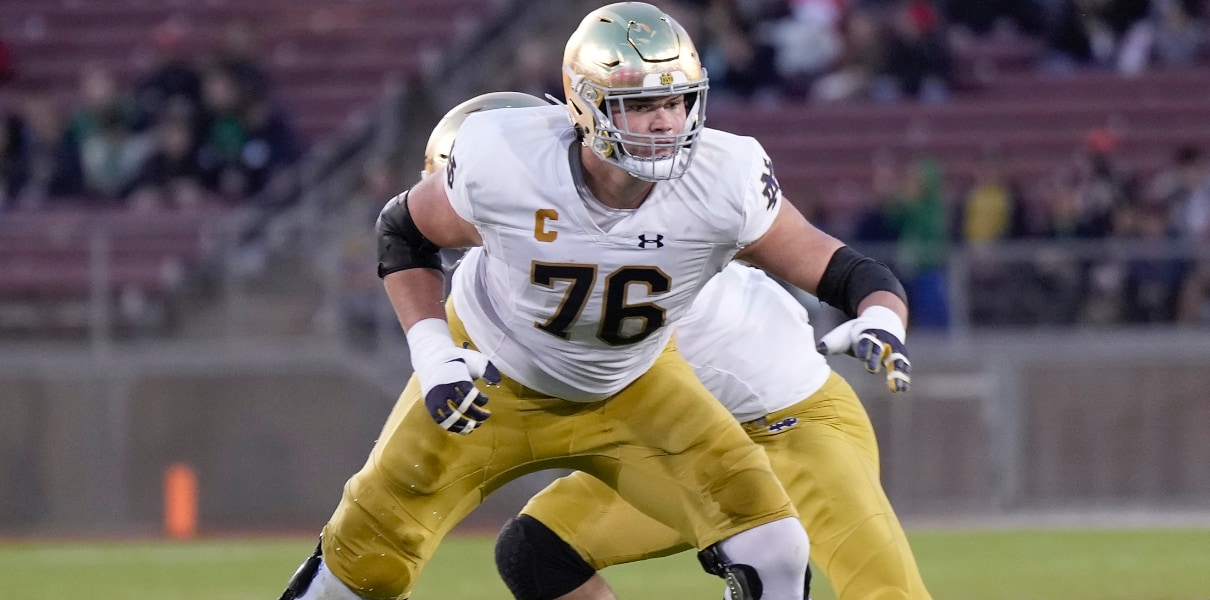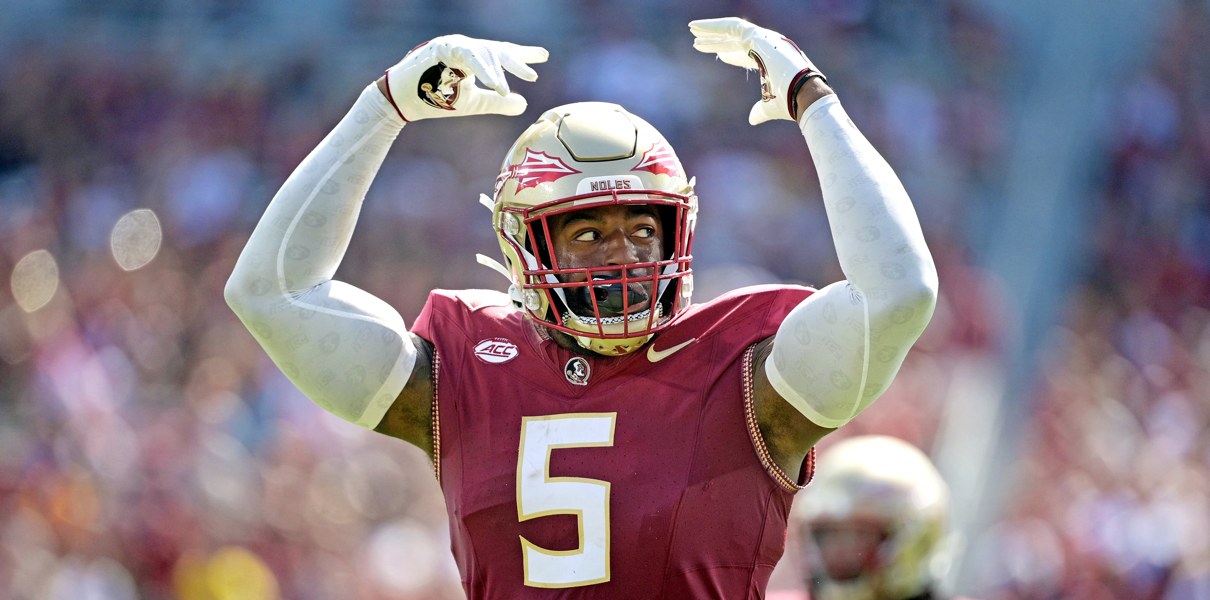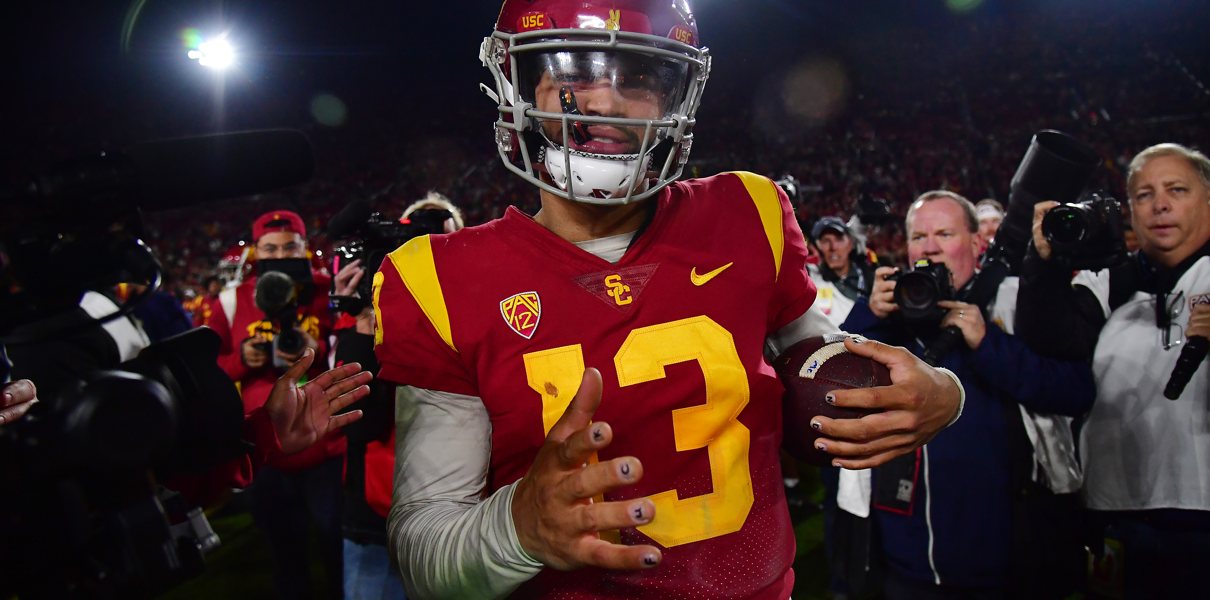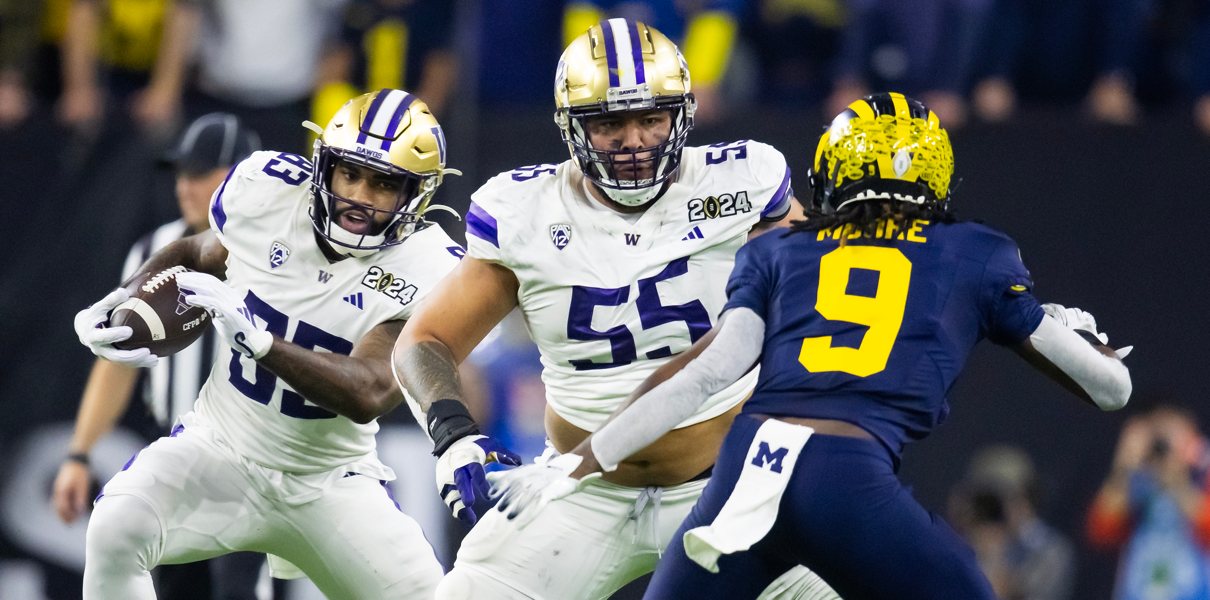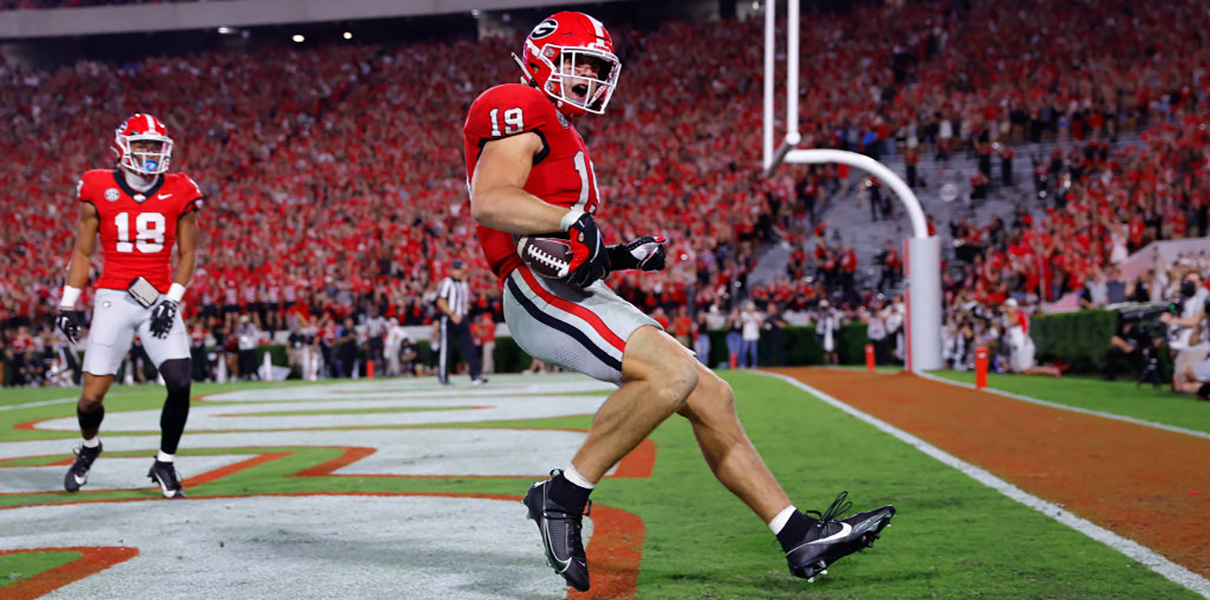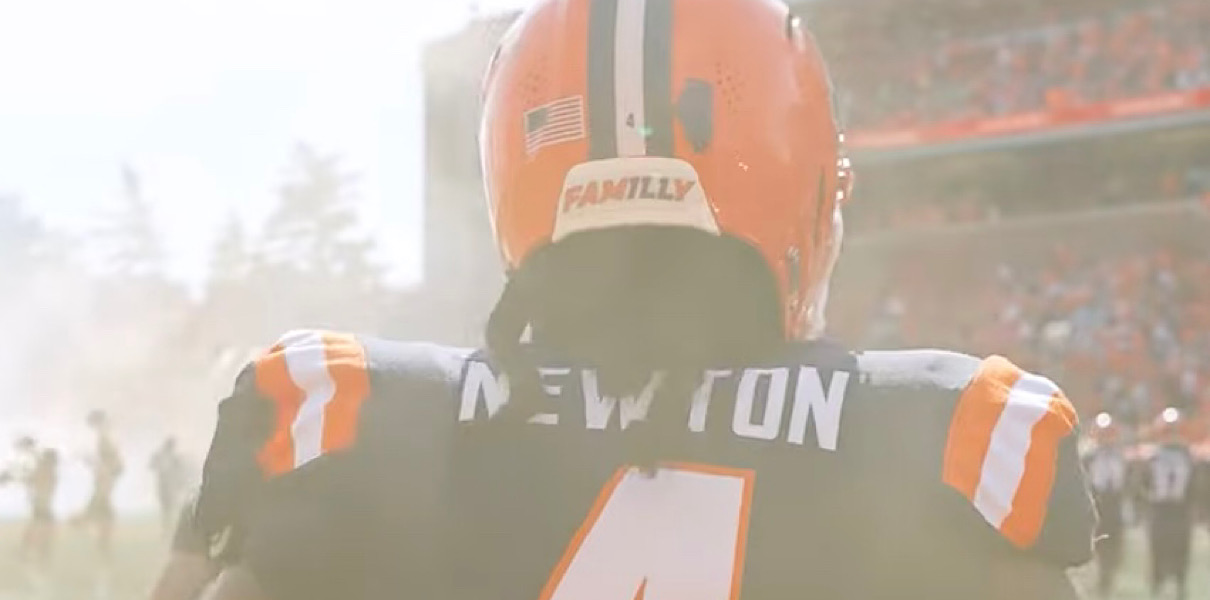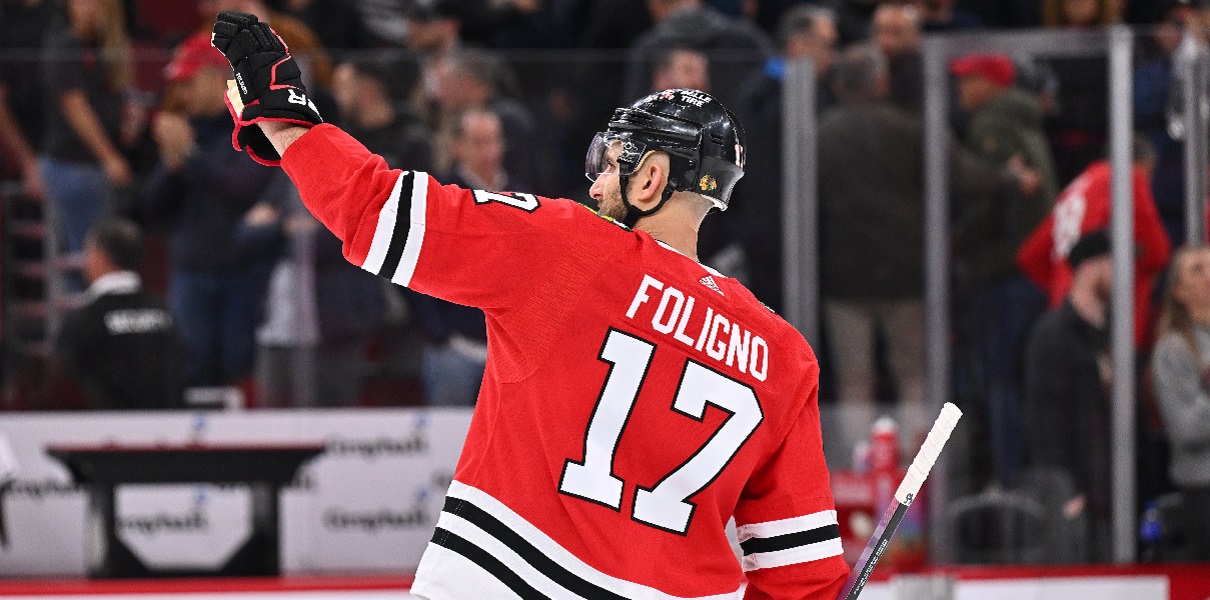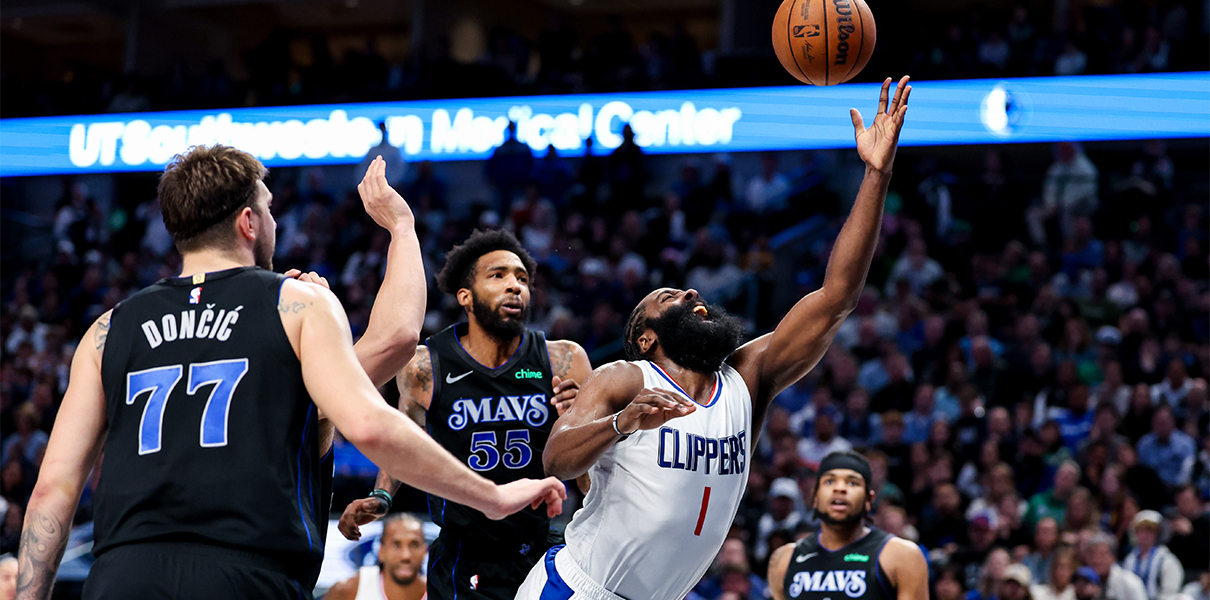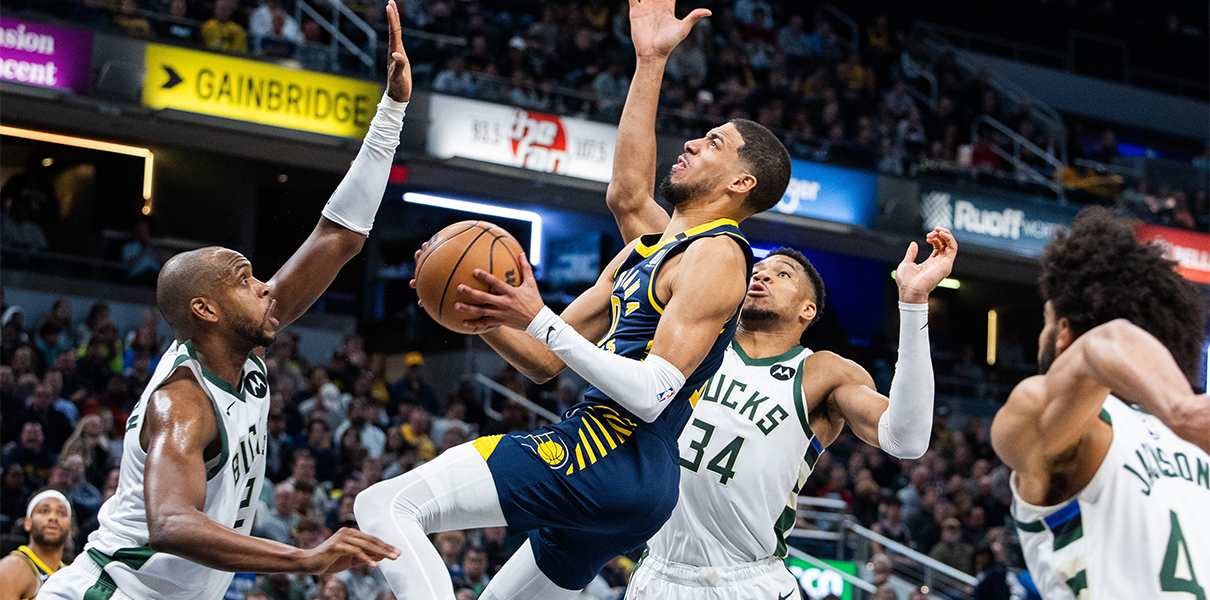The Chicago Bears are at a point in the offseason where if GM Ryan Pace speaks, we will listen.
I suppose that’s always true, but the day the organization adds its stated next quarterback and a handful of other free agents, that’s especially true.
Pace spoke for the first time since the Combine during a press conference-heavy day at Halas Hall, which featured new additions quarterback Mike Glennon, receiver Markus Wheaton, safety Quintin Demps, and tight end Dion Sims. Pace weighed in on a number of important topics as he introduced the newest members of the Bears.
[adinserter block=”1″]
“Mike Glennon is our starting quarterback, and we’re fired up about that.” And with that, Pace ushered in the Mike Glennon Era. It was evident that Pace has been a Glennon fan for a while, dating back to when Pace was working for the Saints and Glennon played for the NFC South rival Buccaneers. Pace listed a handful of traits Glennon possessed that he liked, including intelligence, the ability to quickly process information, field vision, accuracy, and the ability to get the ball out quick. Glennon will need all of these skills (and more) to get the most out of his time in Chicago.
But what’s the end game with Glennon? Is he a bridge starter with potential? A short-term option until the Bears find a quarterback worth drafting and developing? A long-term solution on what is perceived to be a team-friendly deal? Pace says of Glennon, “He’s got all the traits you want in a quarterback. I don’t know how high the ceiling is, I’m just glad we have him in the mix as our starting quarterback to compete and get better.” To be clear, Glennon is the Bears’ QB1 on the depth chart. But the use of the terminology “in the mix” allows for the possibility of a developmental quarterback dethroning Glennon when the time comes. In that sense, a plus of signing Glennon is there isn’t overt pressure to draft a quarterback early and install him as the starter in Week 1 for the sake of it. Glennon’s presence allows the Bears to slow play the development of a drafted quarterback without the pressure of needing to be the guy right away.
Pace also mentioned that signing Glennon in free agency gives the Bears a bit more wiggle room in the draft to take the best player available. By adding Glennon, the Bears avoid a scenario in which they have to take an unproven quarterback who might not be as high on their board early in the draft while passing on a player at a different position with upside who can play right away. Instead, the Bears are now in a position to use their early picks in the draft on best available player – meaning they can fill holes that otherwise would have been addressed with lesser players in later rounds.
[adinserter block=”2″]
Free agency was never going to be a catch-all for the Bears in their efforts to rebuild a 3-13 team. There are still plenty of avenues in which the Bears can go about to improve John Fox’s squad, including through trades, the draft, and the middle tier of free agency. Pace describes the process as ongoing.
Even though there are still quality free agents on the board, Pace says the organization’s focus is building through the draft. And while free agency is part of what can build a winning team, it doesn’t represent the entirety of the plan. For what it’s worth, Pace opened up a window into what the Bears are diving into this offseason when he said this about free agency: “If we can address some of our needs, it opens up the draft for best player available.”
So far, the Bears have addressed quarterback, wide receiver, tight end, safety, and cornerback (in case you missed it, the Bears signed former Giants and Jaguars cornerback Prince Amukamara on Friday) in the first two days of free agency, but it still feels as if there is more to accomplish this offseason. For example, adding Wheaton brings the Bears offense a dimension of speed it has been lacking. However, by allowing Alshon Jeffery to walk, the Bears don’t have a go-up-and-get-it guy who can make plays on 50-50 balls. Filling vacancies in the offseason is a process, but the Bears arguably have more holes to fill now than when they ended the season.
Pace stressed the importance of patience and discipline on several occasions. Judging by the fact the Bears didn’t make major financial commitments to Stephon Gilmore or A.J. Bouye, it is clear the Bears set financial parameters this offseason – and Pace made mention that there are times where those guidelines are exceeded beyond a point to where a team is comfortable in signing a player. Hence, the free agency conundrum. Adding premium players in free agency requires an overpay at some level, but every team has a breaking point. It’s apparent the Bears reached that breaking point with regards to Gilmore and Bouye. However, the inability to use extra cap space to secure deals this offseason for players on the right side of 30 who play positions of need seems curious.
[adinserter block=”3″]
To that end, Pace made an important observation when he said previously: “You can recover from the player you don’t sign, but you can’t recover from the player you signed at the wrong price.” There is truth in this statement. Missing out on Player A might sting, but having other options to fill the same role at a different cost could help lessen the sting. However, signing Player B to a contract he can’t live up to can have multiple negative effects. For starters, it could hurt the team’s performance on the field. And an expensive player whose performance drags down his teammates could be damaging to a team’s cap situation if the team decides it is best to cut its losses and move on. For example, we learned Thursday of a new cost of poor spending when the Houston Texas sent the Cleveland Browns a second-round pick just to rid itself of cap albatross quarterback Brock Osweiler. The Bears have the kind of room to absorb that hit now, but poor allocation of funds could have made it difficult in the future – potentially at a time where the team shows improvement and needs flexibility to make moves.
Pace weighed in on the Bears’ other free agent signings on Friday. He seemed high on Wheaton, who Pace says fills the void of deep threat receiver with an element of speed that has been missing in the Bears offense for quite some time. “I really like his makeup and his toughness going back to Oregon State,” Pace said of Wheaton. It’s also important to note that Wheaton is fully recovered from a shoulder injury that sidelined him for most of the 2016 season.
Even at an advanced age, Demps – who will be 32 in June – fits an experienced leadership role for Pace. “Sprinkling in a couple vets here and there can be good,” Pace said of the move, adding that his veteran presence and versatility on the field can be valuable to a young secondary. After missing out on the top three free agent cornerbacks and top two safeties, Pace made it feel as if defensive back will be an area the Bears attack in the draft.
Sims, the tight end who played under Adam Gase in Miami, fits the culture in Chicago, according to Pace – who described Sims as a well-rounded player with the ability to block and the potential to grow as a receiver. If offensive coordinator Dowell Loggains truly runs a similar offense to Gase (which is what Pace alluded to in the press conference), then Sims should have no trouble making the transition in Chicago. The Bears needed to add depth to the position because of starter Zach Miller’s lengthy injury history.
[adinserter block=”9″]





